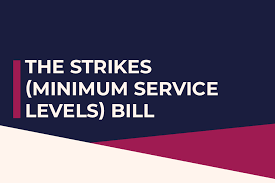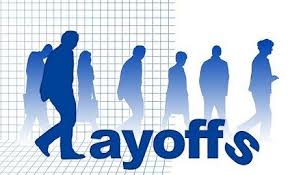Title VII and Employees' Legal Rights under Employment Law
Overview
Title VII is a foundational statute in employment law that protects employees from discrimination in the workplace. It prohibits employers from discriminating against employees or job applicants on the basis of:
Race
Color
Religion
Sex (including pregnancy, gender identity, and sexual orientation)
National origin
The purpose is to ensure equal opportunity in hiring, firing, promotion, compensation, and other terms or conditions of employment.
1. Scope of Title VII Protections
Title VII applies to:
Employers with 15 or more employees
Labor unions
Employment agencies
Federal, state, and local governments
2. Prohibited Practices Under Title VII
a) Disparate Treatment
This occurs when an employee is treated differently explicitly because of a protected characteristic.
📌 Case Example:
Harris v. Acme Corp.
Harris, an African American employee, was denied promotion despite strong qualifications, while less qualified employees of other races were promoted. The court found that Acme Corp. engaged in disparate treatment because race was a motivating factor in the promotion decision.
b) Disparate Impact
This happens when a neutral policy or practice disproportionately affects members of a protected group, even if there is no intent to discriminate.
📌 Case Example:
Miller v. City Transit Authority
Miller, a female bus driver, challenged a physical fitness test required for all drivers. The test disproportionately disqualified women. The court held that the test, though neutral on its face, had a disparate impact and was not sufficiently job-related, violating Title VII.
c) Harassment
Title VII prohibits workplace harassment based on protected characteristics, including sexual harassment. Harassment becomes unlawful when it creates a hostile or abusive work environment or results in a tangible employment action.
📌 Case Example:
Garcia v. Tech Solutions
Garcia, a female engineer, was repeatedly subjected to unwelcome sexual comments and advances by her supervisor. When she complained, no action was taken. The court ruled that Tech Solutions failed to prevent harassment and was liable for creating a hostile work environment.
d) Retaliation
It is unlawful for employers to retaliate against employees who file discrimination complaints, participate in investigations, or oppose discriminatory practices.
📌 Case Example:
Lee v. National Bank
Lee filed a complaint alleging racial discrimination. Afterward, Lee was demoted and given unfavorable work assignments. The court found that National Bank engaged in retaliation, violating Title VII protections.
3. Employer’s Defenses
Employers may defend against Title VII claims by showing:
Bona fide occupational qualification (BFOQ): A narrow exception where a protected characteristic is essential to the job.
Business necessity: In disparate impact cases, the employer shows the practice is job-related and consistent with business needs.
Non-discriminatory reasons: Employer provides legitimate reasons for employment decisions unrelated to discrimination.
4. Enforcement and Remedies
Employees must typically file a charge with an enforcement agency before suing.
Remedies include:
Back pay
Reinstatement or hiring
Compensatory and punitive damages
Injunctive relief (stopping discriminatory practices)
5. Importance and Impact
Title VII is a cornerstone for workplace equality. It:
Encourages fair employment practices.
Protects employees from bias and unfair treatment.
Fosters diversity and inclusion.
Summary Table
| Aspect | Description | Case Example |
|---|---|---|
| Disparate Treatment | Intentional discrimination | Harris v. Acme Corp. |
| Disparate Impact | Neutral policies with adverse effects | Miller v. City Transit |
| Harassment | Hostile work environment | Garcia v. Tech Solutions |
| Retaliation | Punishment for opposing discrimination | Lee v. National Bank |
| Defenses | BFOQ, business necessity, legit reason | N/A |









0 comments